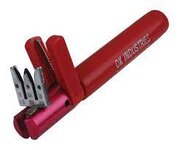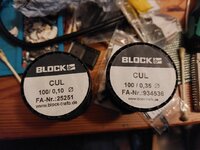JC8080
Well-known member
After watching Bruce's videos I bought some coated wire similar to what he was using. Unlike his wire coating that melts very quickly with heat, the coating on my wire seems rather immune to heat. I have had to carefully strip the coating off with a razor before using for repairs. Does anyone have any suggestions for good trace repair wire? This is the wire I ordered (link).



